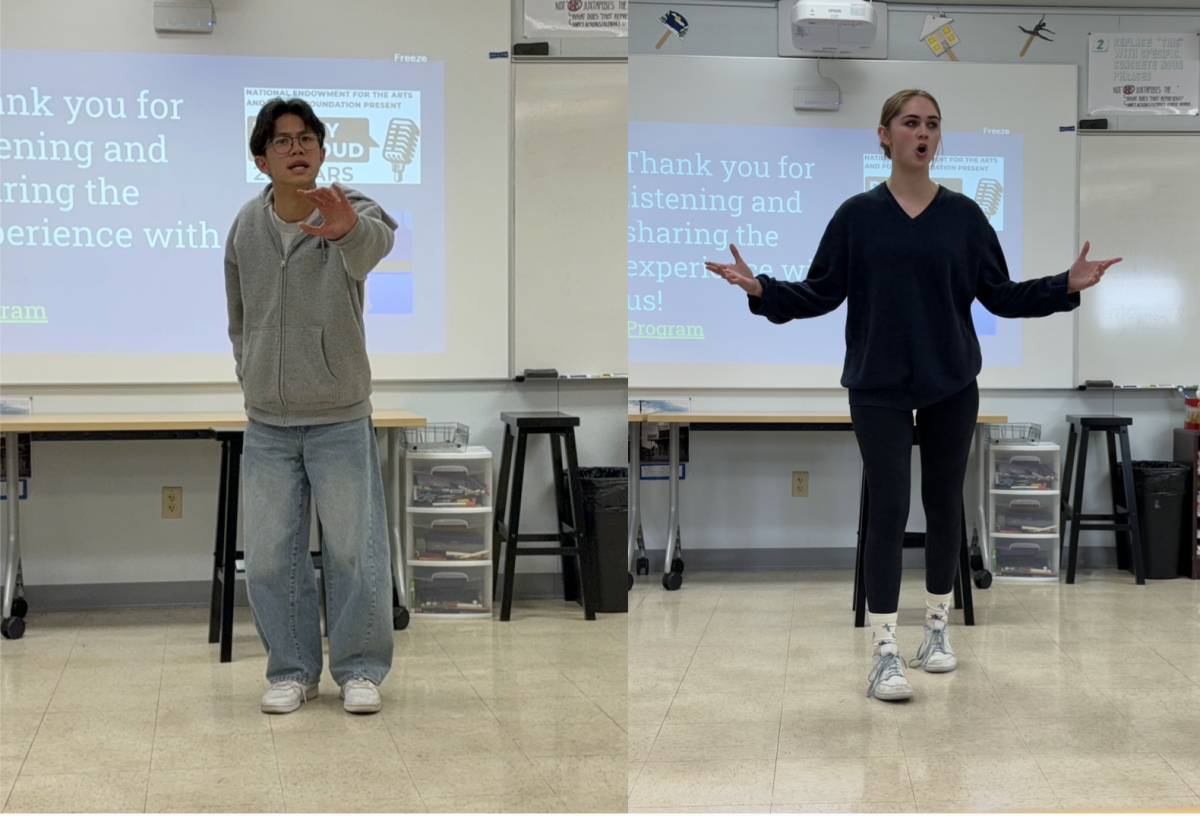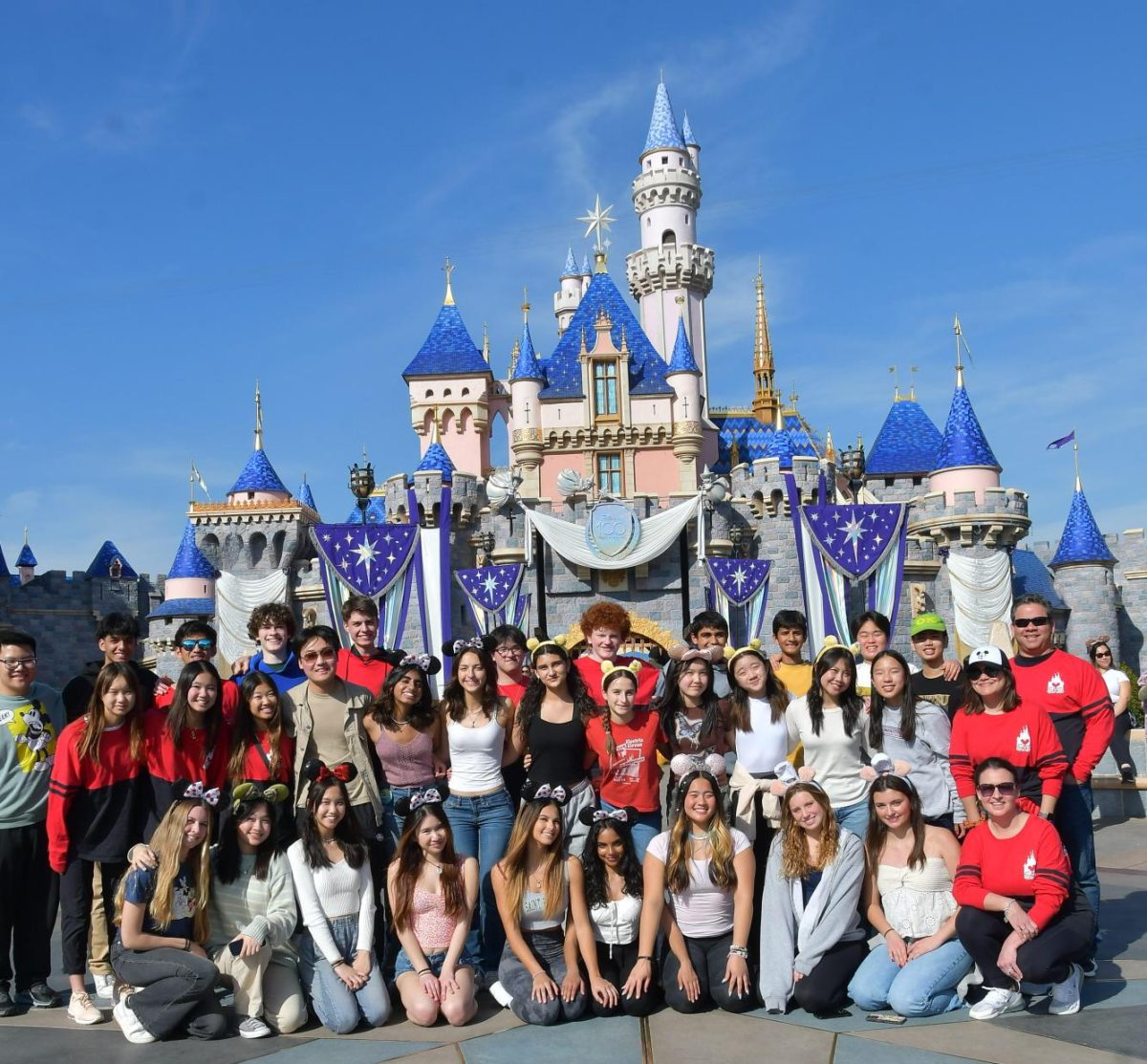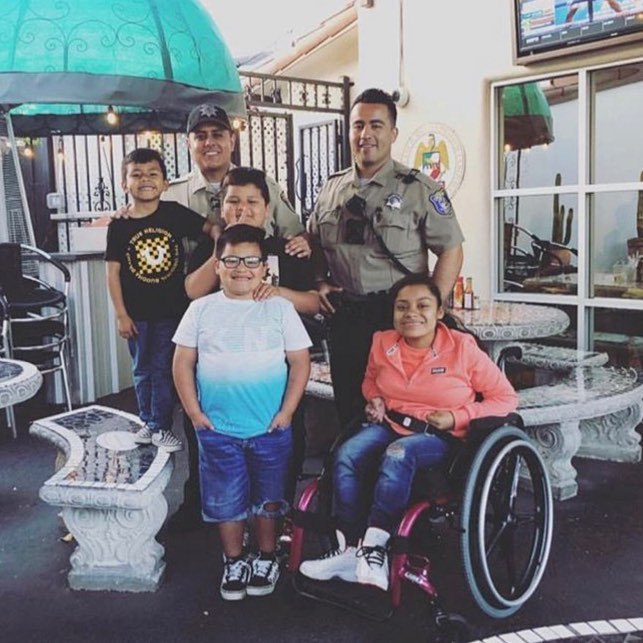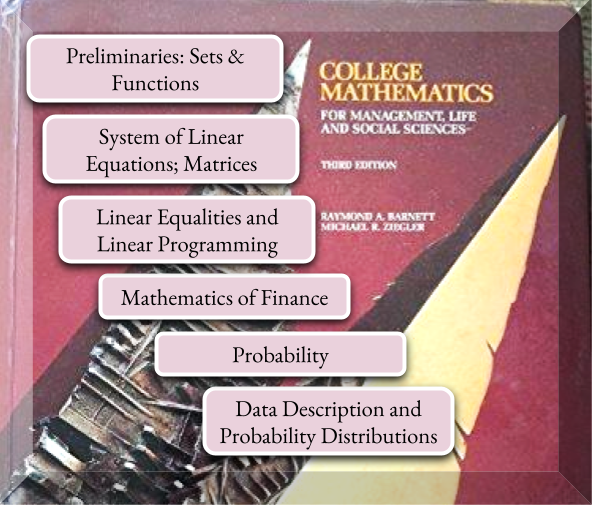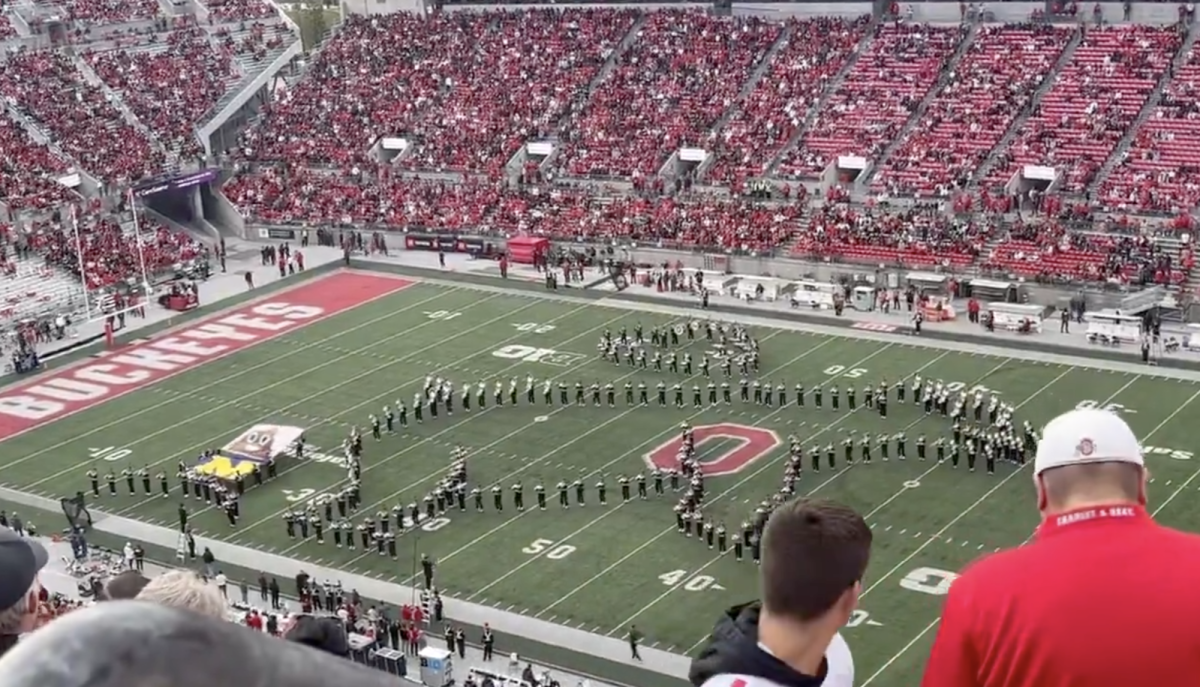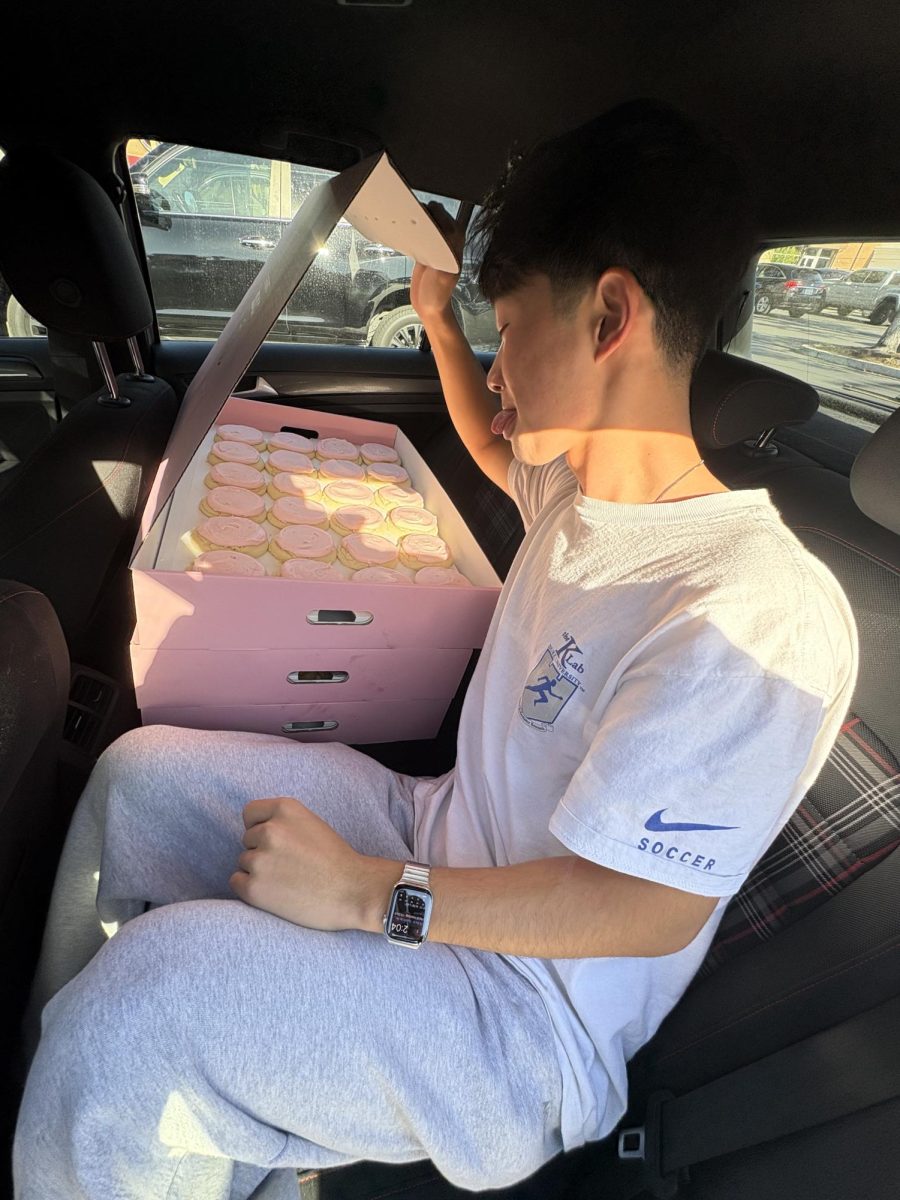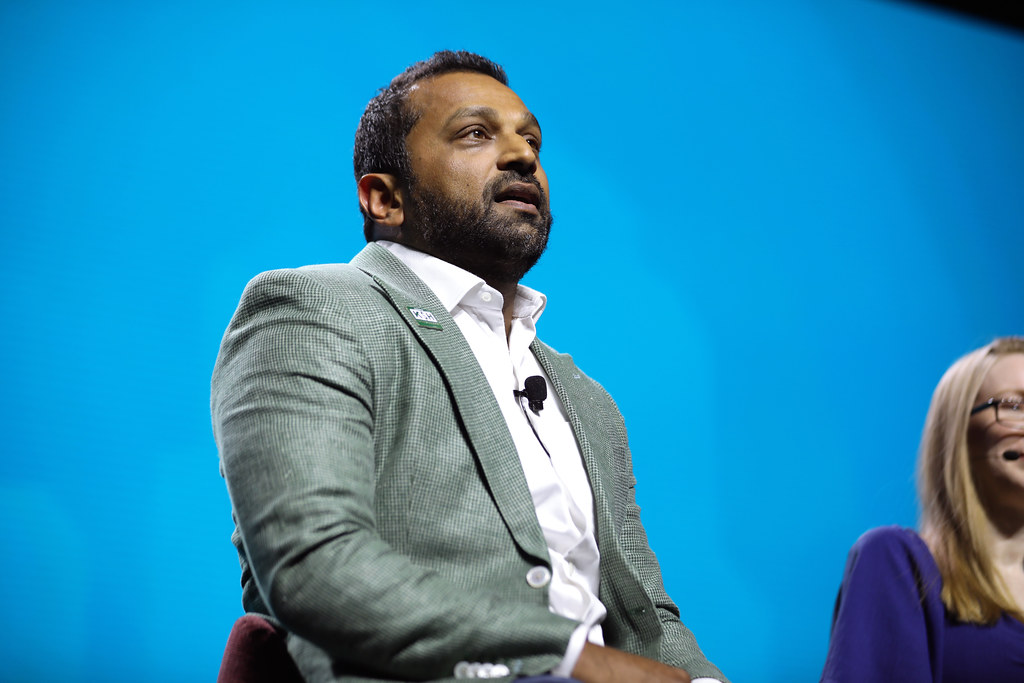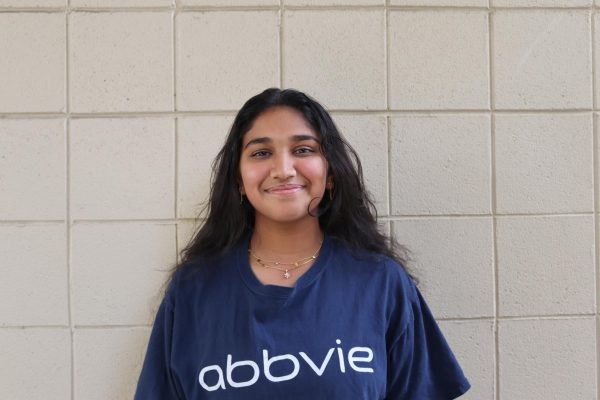As the first Indian American and third woman on a presidential ticket, Democratic nominee Kamala Harris is setting a groundbreaking example for women of color all around the nation. If Harris wins the upcoming election against 78-year-old former president Donald Trump, it would dramatically shift the political landscape for minorities across the U.S. — and, of course, women. If she is elected, the U.S. will finally join 13 of the world’s 20 largest economies in having had a woman as their head of state at least once.
Born in Oakland, Harris, 59, is the daughter of immigrants and a mixed race marriage — her dad from Jamaica and her mom from India. Prior to being the first woman and first Asian American to be Vice President, Harris made history as the first African American District Attorney for San Francisco, as well as the first Indian Attorney General for the state of California.
Harris’s rise in politics, beginning in the 1990s, occurred at a time when the political landscape was dominated by male white politicians, making it all the more impressive. By breaking the ultimate glass ceiling, she will be paving the way for countless other individuals to accomplish goals they didn’t believe were possible.
Growing up in the Midwest, I was rarely surrounded by peers or adults who looked like me — for instance, there were only seven Indian kids in my entire elementary school of nearly 600. This lack of representation not only appeared in my community, but in the media I consumed. Rarely was there an Indian American broadcasting for a news outlet or making national headlines for their accomplishments, let alone at the forefront of international politics.
Not only did a lack of representation alienate me from my peers, but it also affected the way I perceived myself and all that I could achieve. Throughout school, I found myself hesitating to pursue different activities that interested me, such as student leadership, based on self-perception.
If I had someone like Harris to look up, it would have completely changed the way I saw politics at a younger age. Harris’s campaign — which has shattered fundraising records and set a new standard for political campaigns — proves that there can be space for all races, genders and ethnicities in the highest rungs of our government.
Aside from revealing doors for many across the nation, Harris is also influencing the younger generation to become more politically active. A New York Times study has shown that after Harris became Vice President, Indian Americans have now become the most politically active group out of all Asian American groups in the U.S.
Harris has long been an advocate for marginalized groups across the U.S., and, if elected president in November, she promises to continue her efforts to make silenced voices heard. This includes advocating strongly for reproductive rights for women and the Deferred Action for Childhood Arrivals act — which provides protections for undocumented immigrants.
The perspective that Harris would bring to issues is different from any other on the political podium. Rather than having another white, male president as the ultimate leader over the country, there will finally be a minority woman who has personal stake and experience in the effects of these policies driving the decision-making process.
If Harris is successful in her campaign, for the first time ever, young Indian and Black girls will be able to see themselves reflected in the most powerful position in the nation. This kind of representation would remake the face of U.S. politics and give girls like me the encouragement to dream big.

